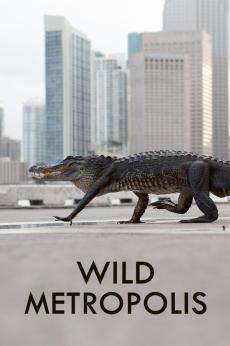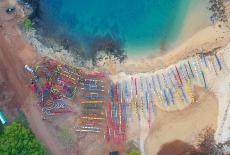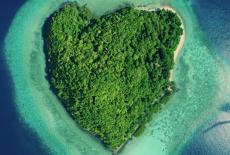Schedule
-
Image
Islands of Wonder
Borneo
Wednesday
Jan 7
1 Hour
From its rich coral reef and lush jungles to its mountainous heart, Borneo holds more diversity of life than any other island. -
Image
Islands of Wonder
Hawaii
Wednesday
Jan 7
1 Hour
Hawaii, the most remote island chain in the world, is home to a wealth of wildlife, from humpback whales to waterfall-climbing fish. -
Image
Islands of Wonder
Madagascar
Wednesday
Jan 7
1 Hour
Madagascar, the strangest and oldest island on Earth, has seen more unique wildlife than any other island.
PBS PASSPORT
Stream tens of thousands of hours of your PBS and local favorites with WETA+ and PBS Passport whenever and wherever you want. Catch up on a single episode or binge-watch full seasons before they air on TV.
Similar Shows
Poster Image

Overview
Science and Nature
Poster Image

The Age of Nature
Science and Nature
Poster Image

Power Trip: The Story of Energy
Science and Nature
Poster Image

The Molecule That Made Us
Science and Nature
Poster Image

Inside Nature's Giants
Science and Nature
Poster Image

Life on Fire
Science and Nature
Poster Image

The Gene
Science and Nature
Poster Image

Life from Above
Science and Nature
Poster Image

Wild Metropolis
Science and Nature
Poster Image

Crash Course: Artificial Intelligence
Science and Nature



